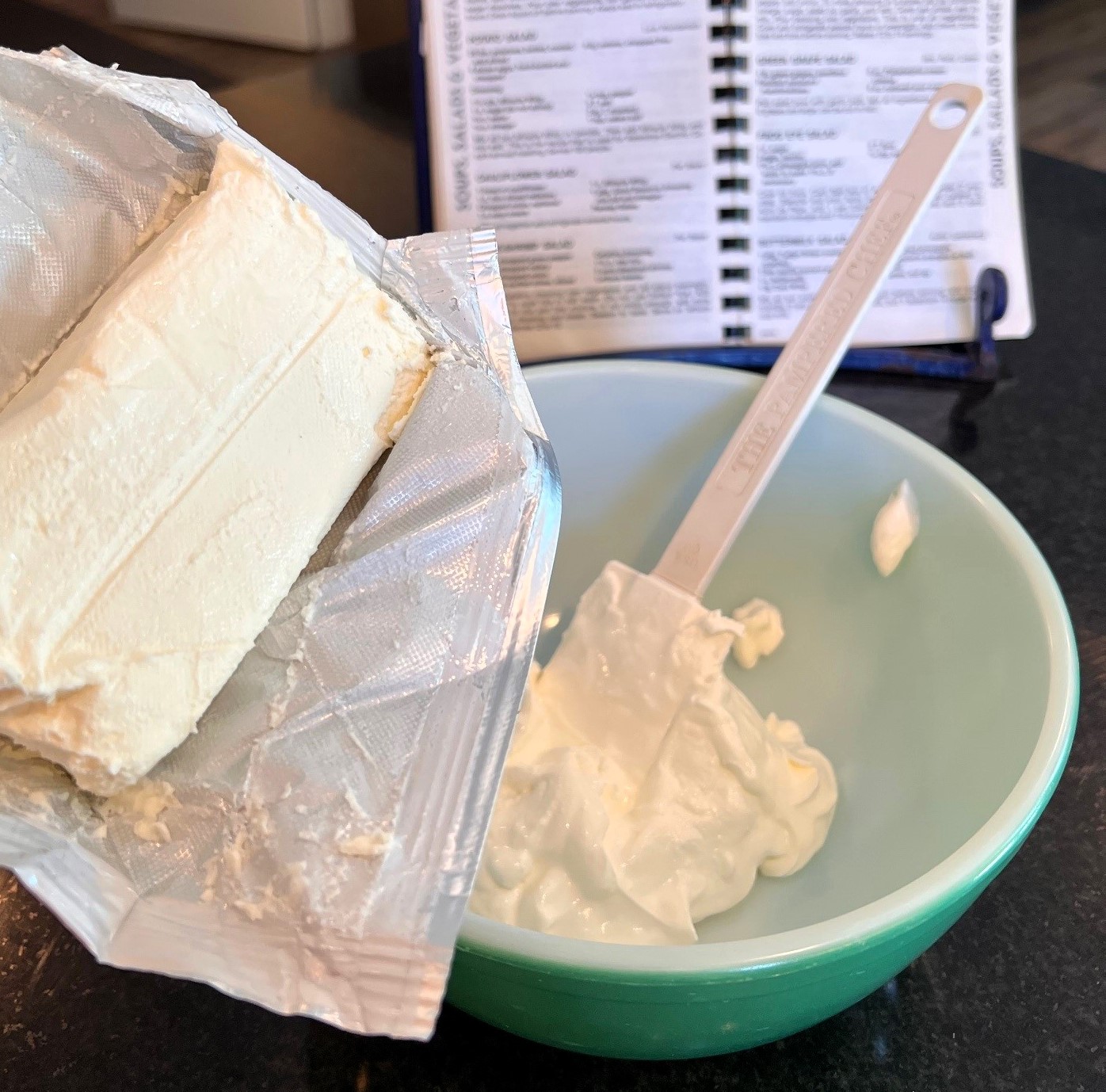To teach paragraphing strategies to college students, I use “When is a Paragraph?” published in College Composition and Communication by Arthur A. Stern in 1976. Weaving together a history of paragraphing theory and textual analysis of paragraphs in well-respected national publications, Stern helps students see that though they’ve been taught a useful formula for learning how to write paragraphs (you know, that thrilling combination of topic sentence, three to five sentences explaining an example, then a transition to the next paragraph at the end—an abominable location to transition, by the way—just don’t do that anymore!), they don’t actually ever read paragraphs that look like that. Nor do they ever read the five-paragraph essay in published writing.
And who would want to read formulas? No one, and that’s why we don’t see them in the wild. These are pedagogical tools, not rules to live by (and in a metacognitive moment, note how it appears as if I broke a grammatical rule—to not end sentences with prepositions. But as students of the English language know, that is an illogical rule, imposed upon the English language in the 18th century by an uptight, misinformed clergyperson who fancied himself a grammarian—Robert Lowth. The “father” of prescriptive grammatical approaches, he’s also to blame for creating the ban on double or multiple negatives and on splitting infinitives. Also, “live by” is an idiomatic phrasal verb, and thus different than “by” as a preposition by itself. And here, it’s part of an infinitive, a verbal functioning adjectivally to describe what kind of rules these are).
Professional writers have learned how to construct paragraphs that artfully direct the audience’s attention to ideas. As Stern elegantly explains, a paragraph is “not an independent, self-contained whole but a functioning part of discourse; its boundaries are not sealed but open to the surrounding text; it links as often as it divides. Shaped by the writer’s individual style and by the reader’s expectations as well as by the logic of the subject-matter, the paragraph is a flexible, expressive rhetorical instrument” (257).
And so is a salad.
“Green Grape Salad”
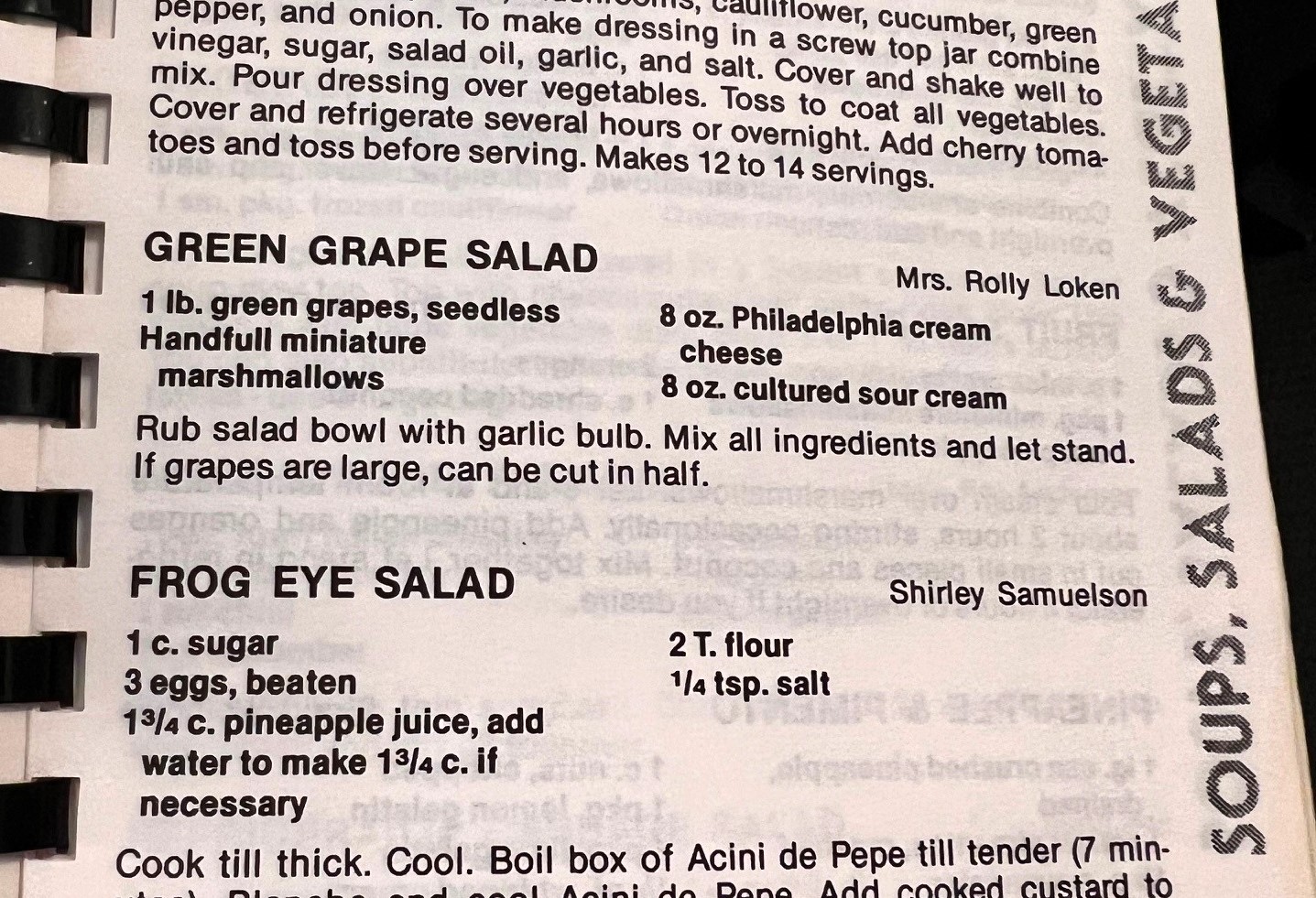
My June column for The Fargo Forum https://www.inforum.com/lifestyle/a-mix-of-savory-and-sweet-salads-dot-the-culinary-landscape-of-midwestern-cookbooks featured “Green Grape Salad” and offered a discussion of the wide-ranging genre of salads.
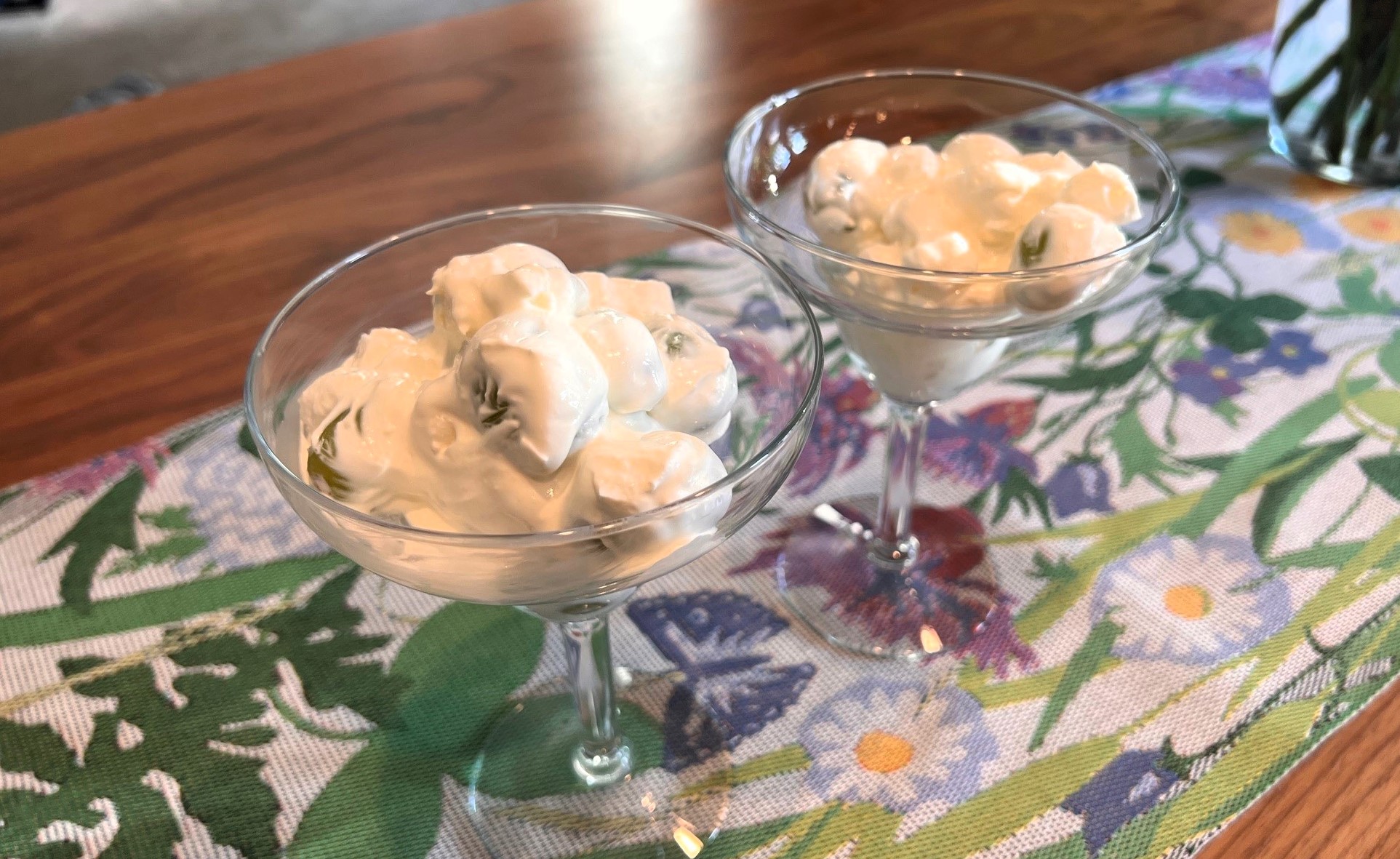
Labeling this salad a hybrid of sweet and savory, unlike many fruit/marshmallow-cream salads, I explored how salads like this “defy easy definition,” as Irma S. Rombauer’s Joy of Cooking muses.
Salads are indeed flexible, expressive rhetorical instruments.
Green Grape Salad Photo Essay
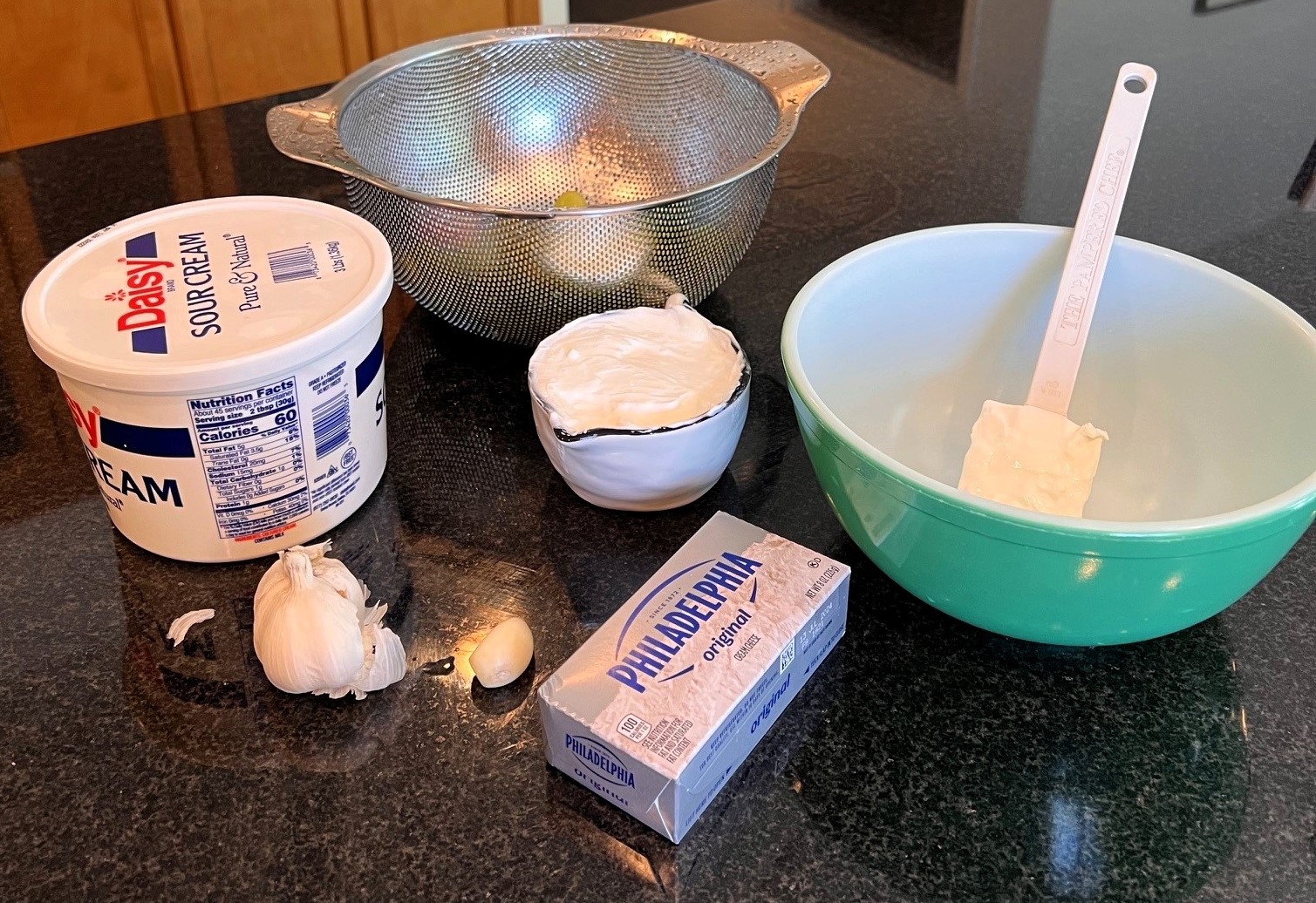
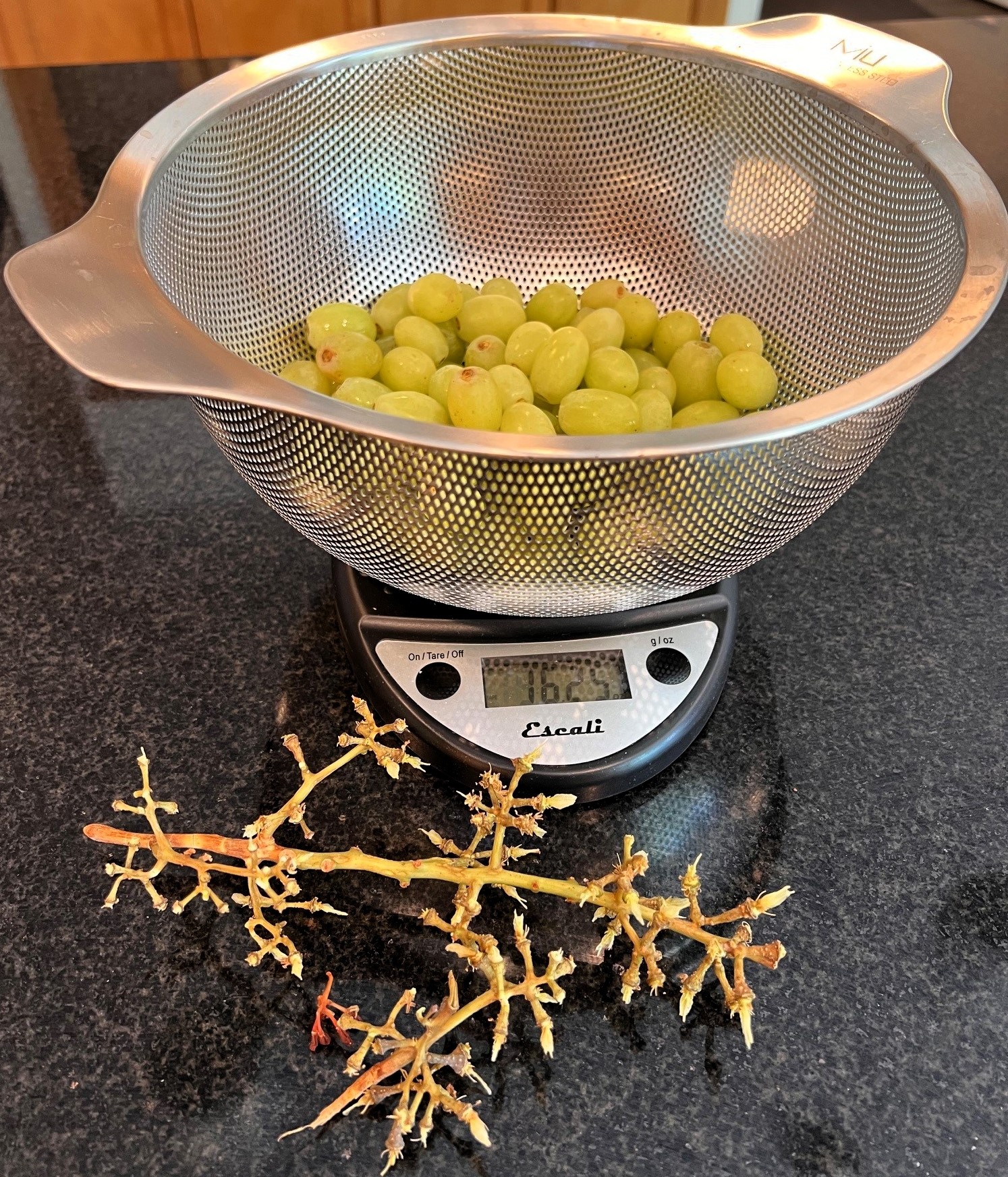
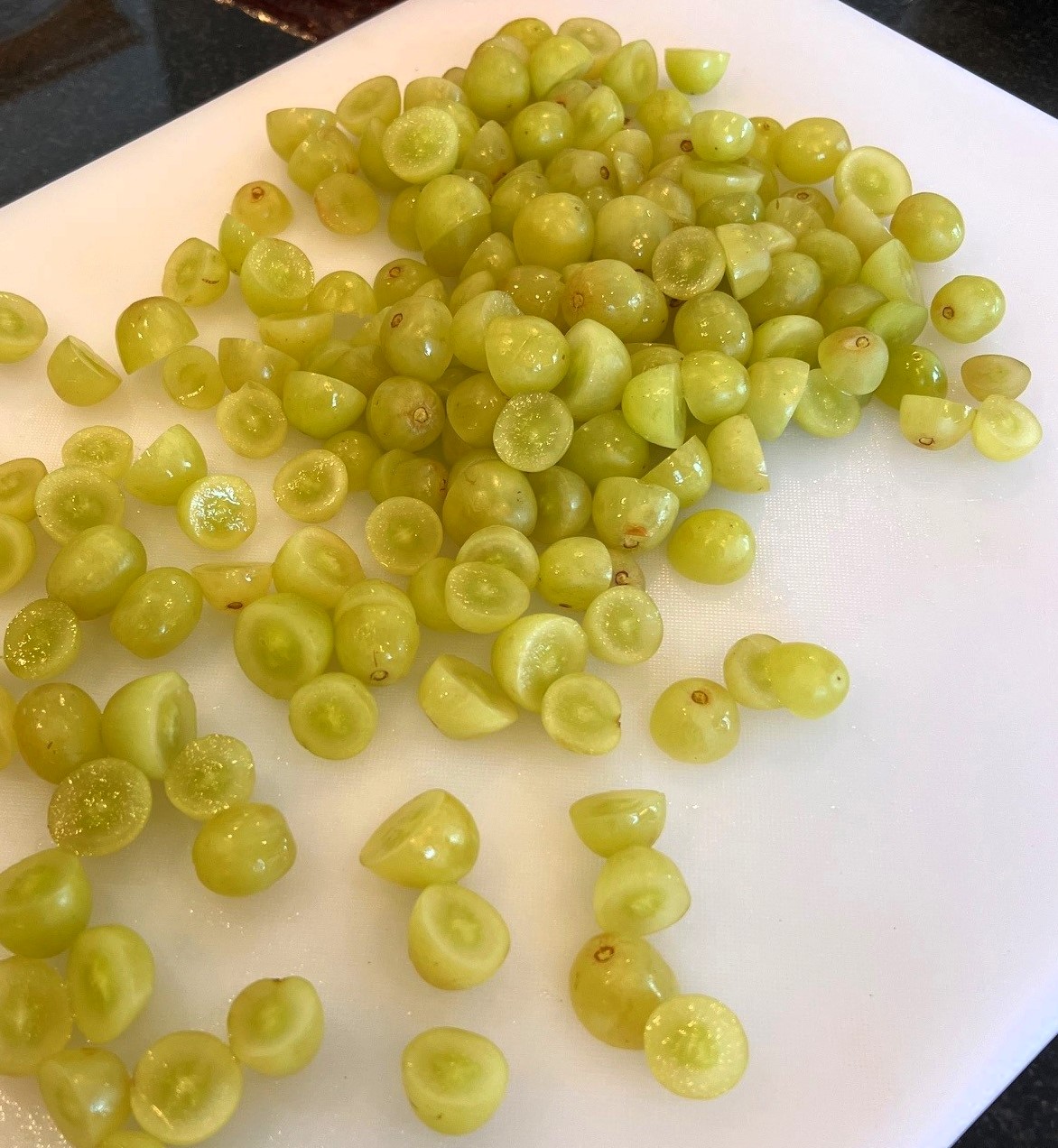
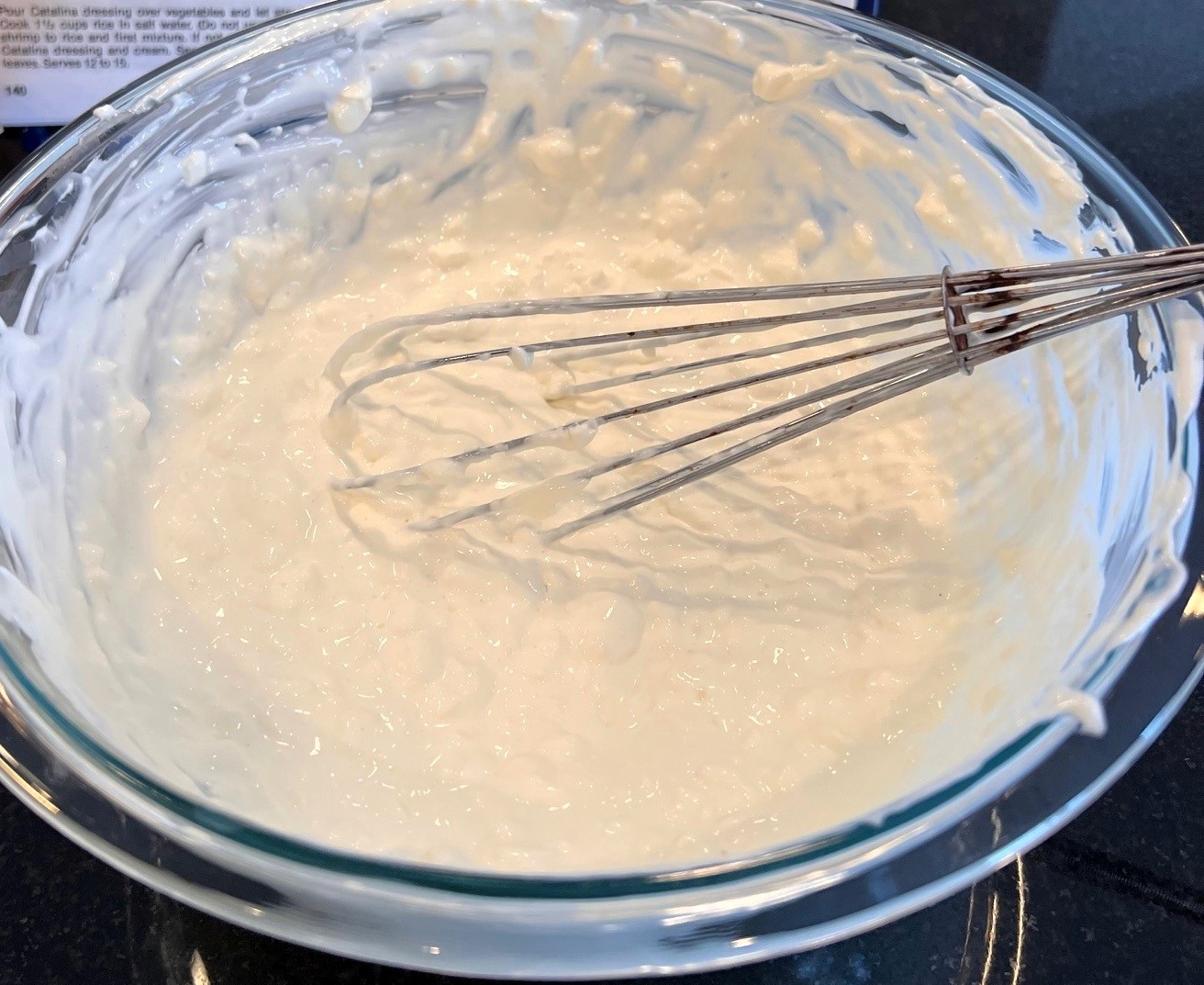
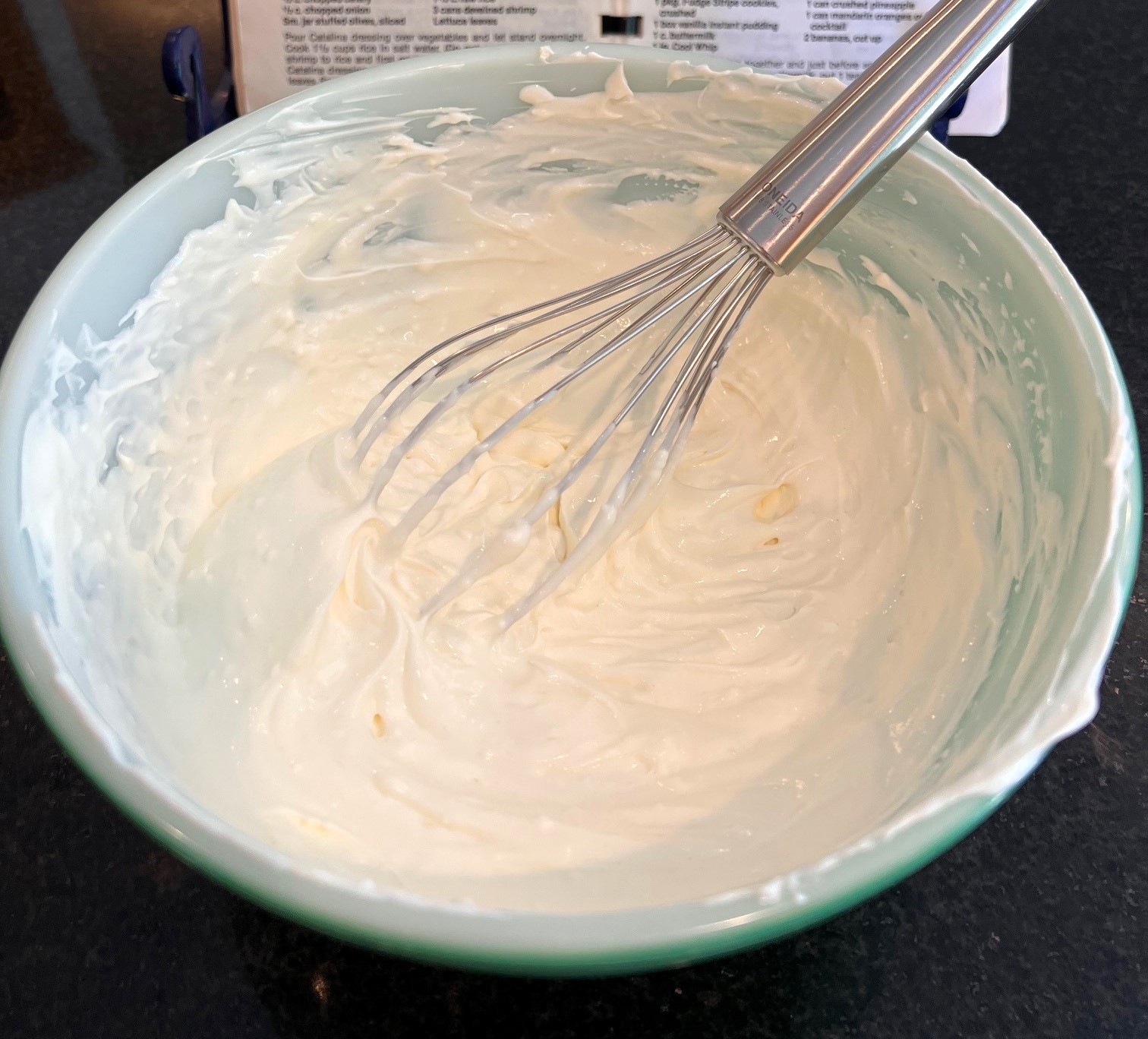
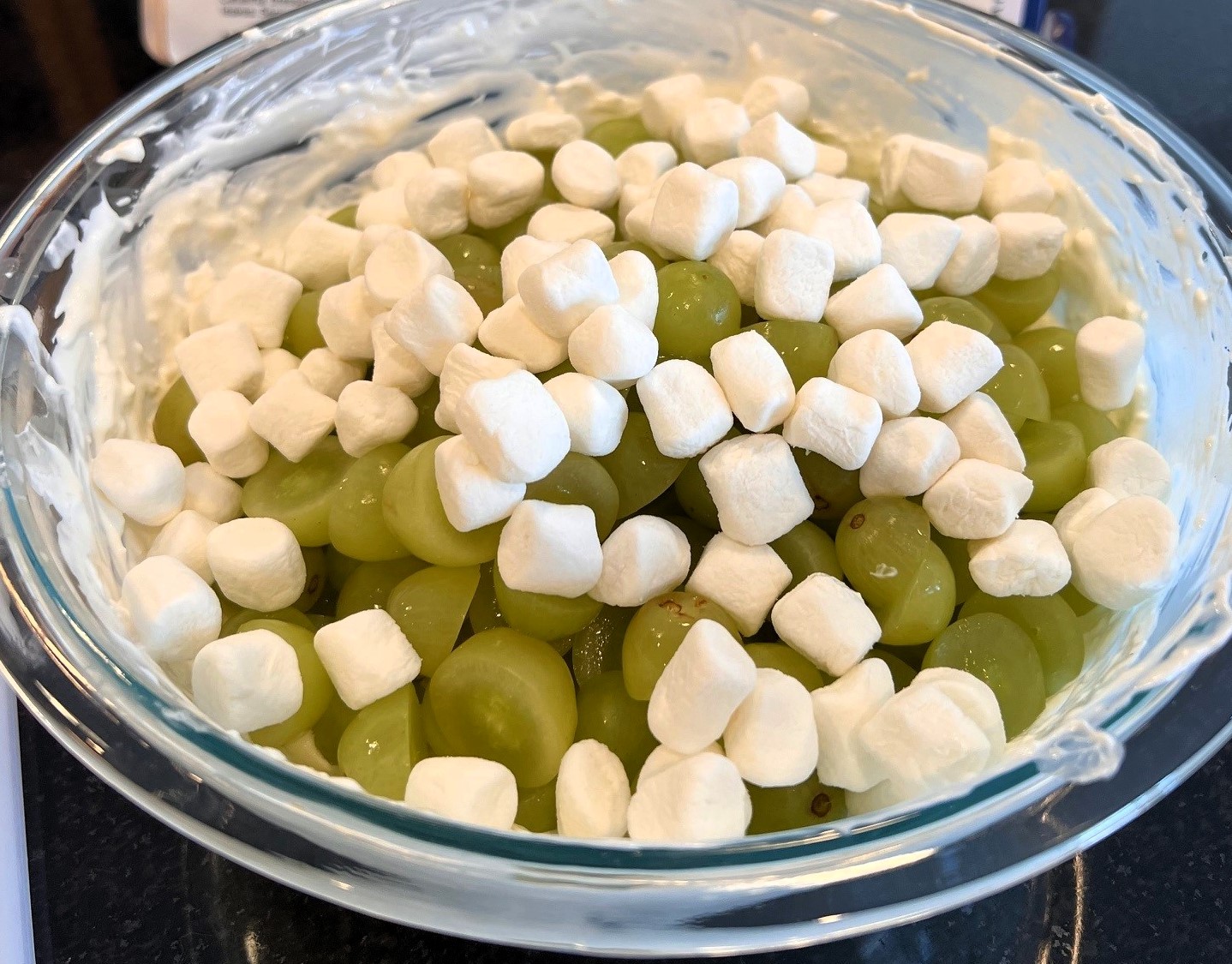
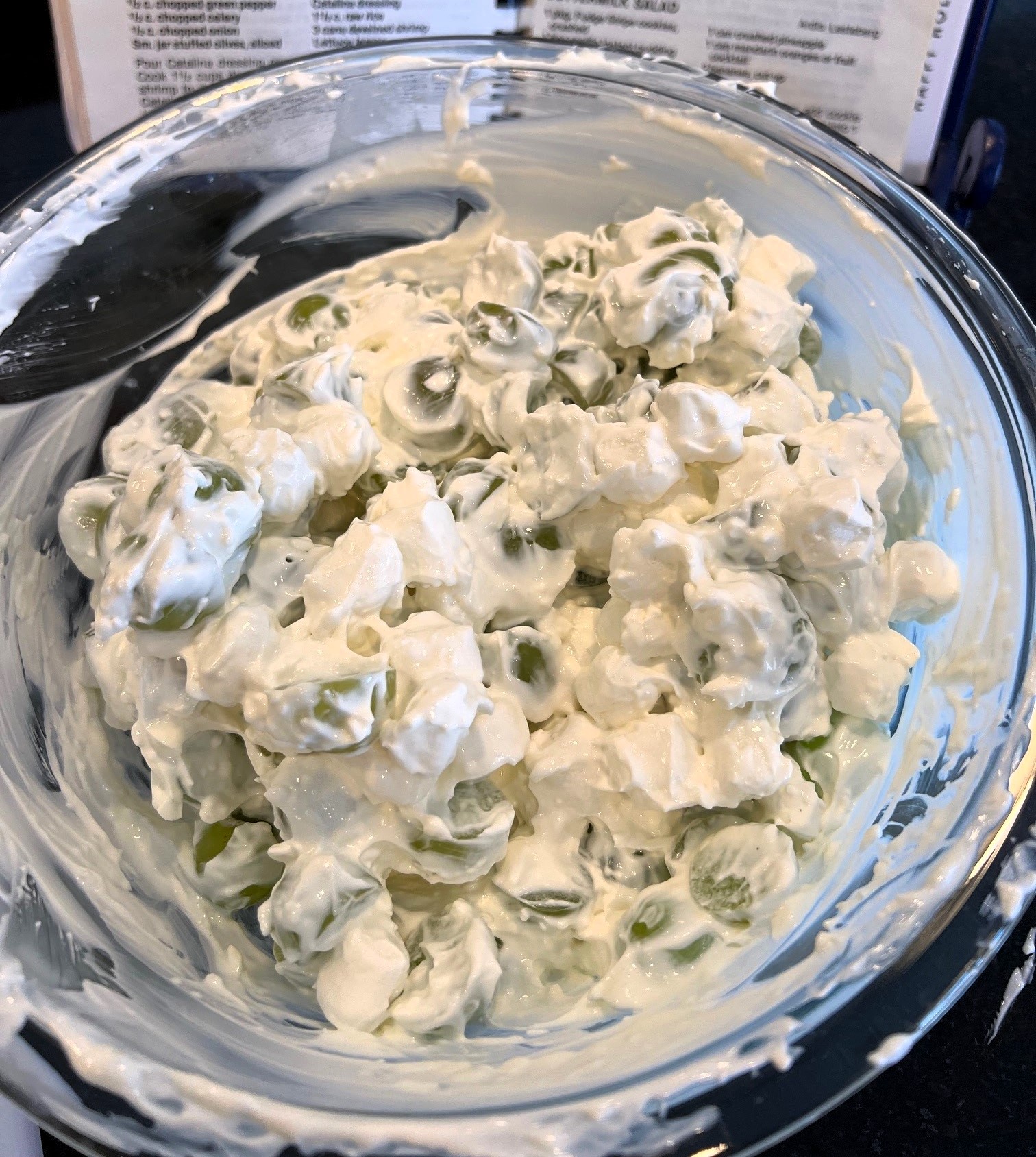
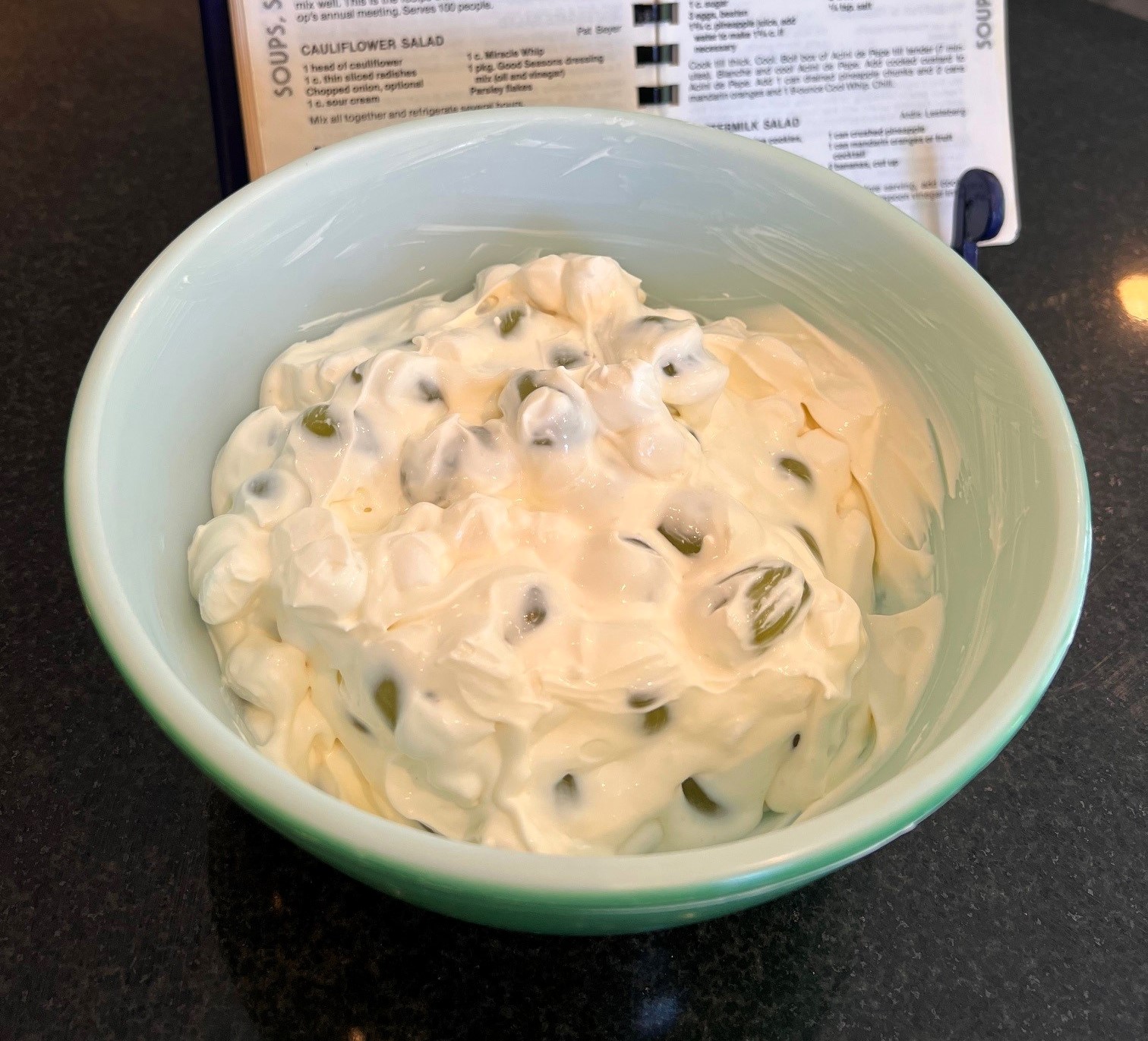
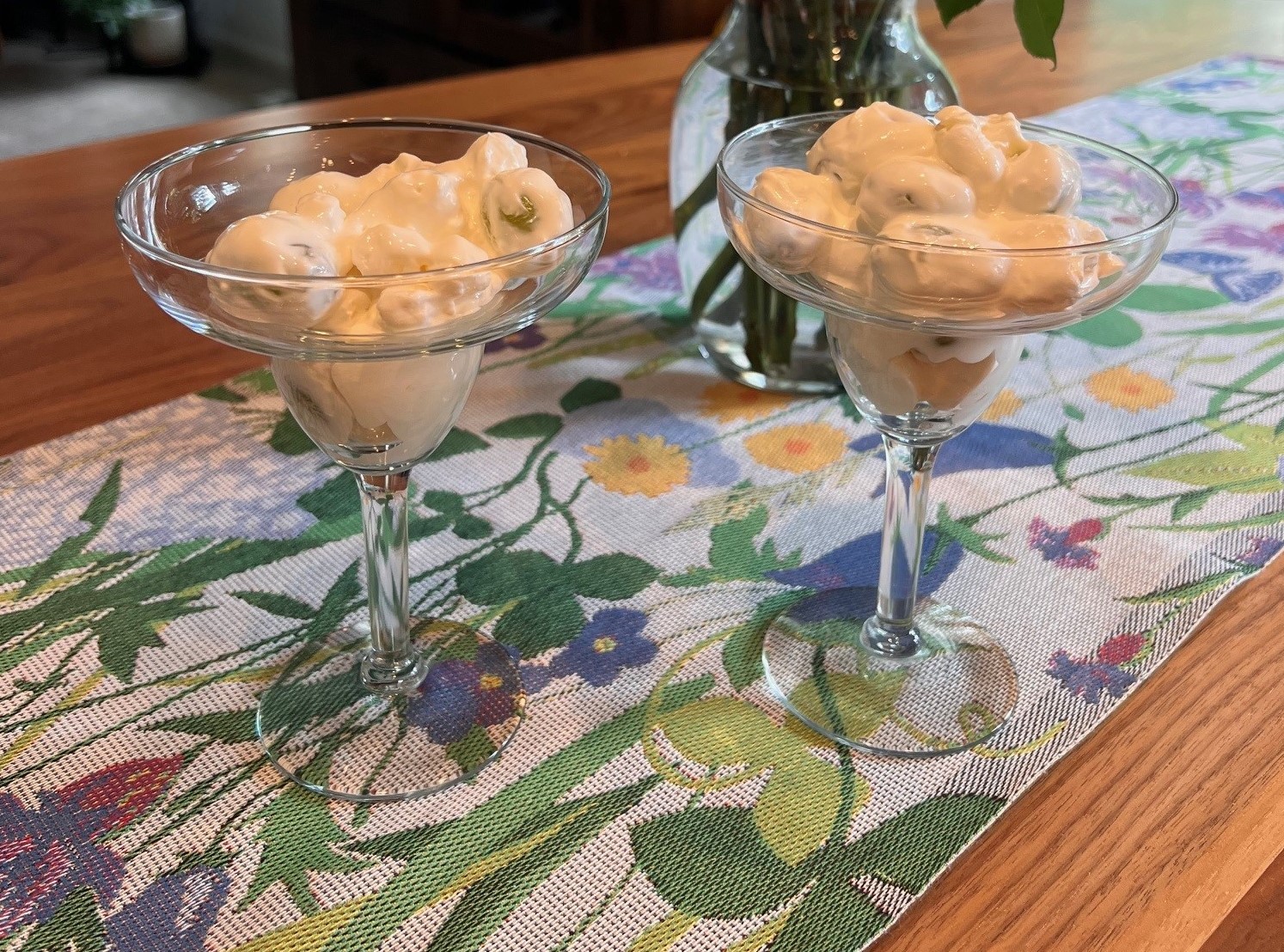
Contributor: Iona Loken
Iona Loken was born Iona Hystad, in August 1932, the daughter of Isak and Olga Hystad of North Prairie, an area north of Velva and west of Simcoe. Iona attended North Prairie schools, prior to high school in Velva and Trinity Hospital School of Nursing, graduating as an registered nurse in 1953. In 1953, she married Rolland (Rolly) Loken of Velva, born 1929, to Andrew and Elmyra Loken. The Lokens were busy with work and family. Rolly first worked at Krebsbach’s IH dealership and later at the Chevrolet and John Deere dealership, where he later became part owner. In 1981, Rolly and Iona opened Rolly’s Parts Center, an auto parts store. Iona also worked as an RN, at the Velva Medical Center. Family life must have been busy with their four children: Rodney, Jacquelyn, Richard, and Lisa. They also were active members of Oak Valley Lutheran, serving on the council, as well as many municipal boards and community groups. Rolly passed in 2020, and Iona resides in Velva. Her other contributions to The Joy of Sharing include “Chocolate Nut Butter Bars,” “Beef N’ Biscuit Casserole,” and “Vegetable Salad.” Spoiler alert—that one is all savory flavors.
A few fun facts to note:
*Iona’s father, Isak Hystad, served in the North Dakota State Senate, as a democratic senator from 1958 to 1962, and was appointed to various roles in the state government office known as the Director of Institutions, as well as other state advisory committees.
*Both Iona’s and Rolly’s paternal grandfathers immigrated from Norway.
*Iona’s submissions to The Joy of Sharing are signed as Mrs. Rolly Loken. For a history of this naming convention, see my previous post, “Rhubarb Redemption”: https://blog.cord.edu/karlaknutson/2023/07/15/243/.
*Unlike other fruit salads, this salad tilts savory because the first step is to rub the bowl with a clove of garlic prior to adding the ingredients. I haven’t been able to find that instruction in other recipes, though I admit I haven’t searched the entire internet.
*“Green Grape Salad” was featured at the Oak Valley women’s group “Cookbook Supper,” at which attendees sampled many of the dishes from the cookbook, prepared and served by their contributors.
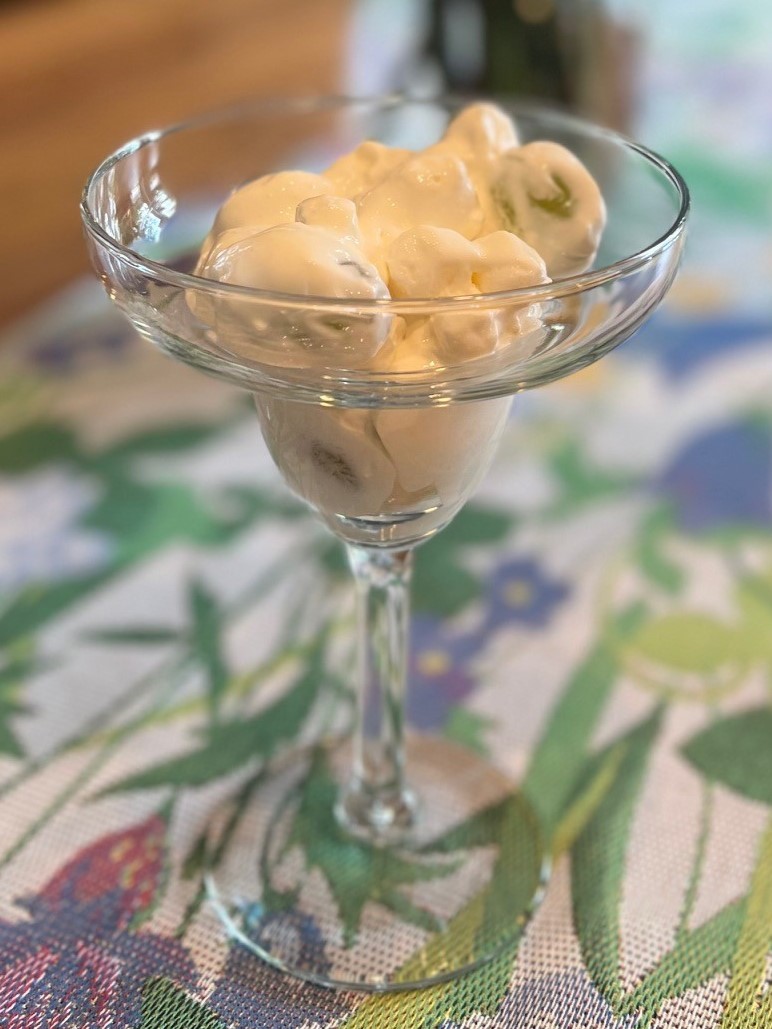
This post is part of an ongoing series in which I make and reflect on recipes and the people who contributed them to the 1985 Oak Valley Lutheran Church compiled cookbook, The Joy of Sharing.

